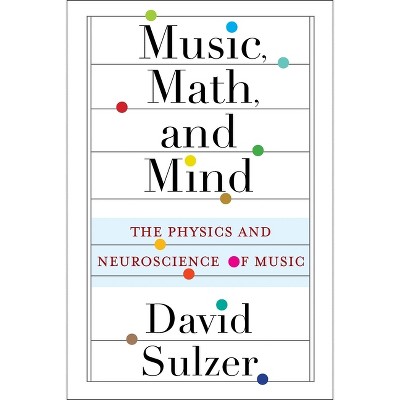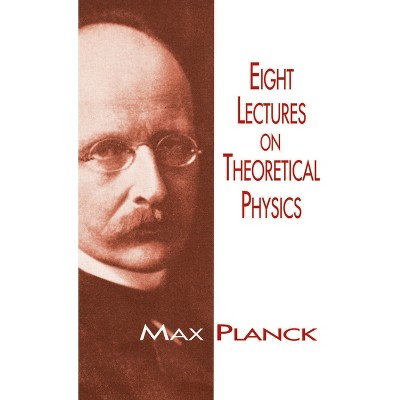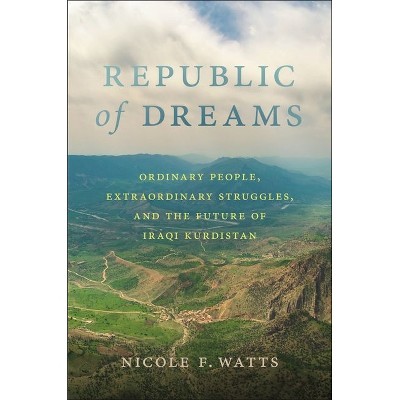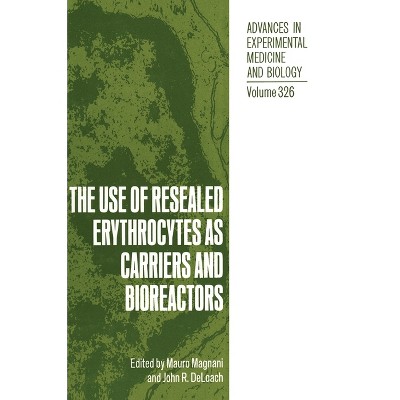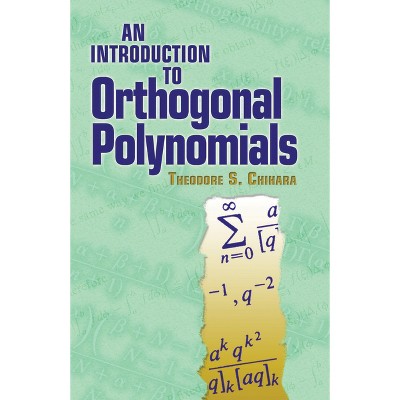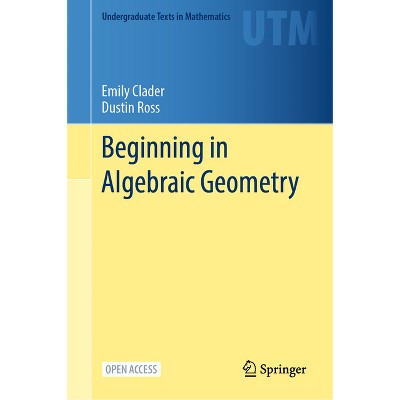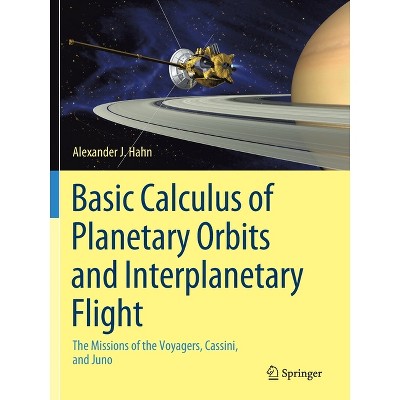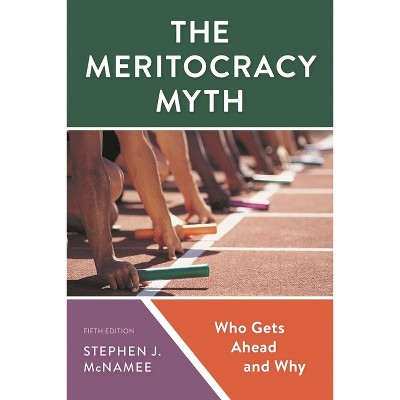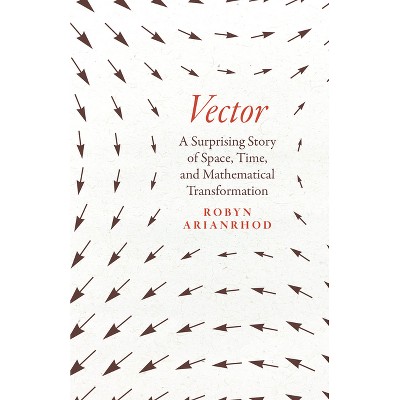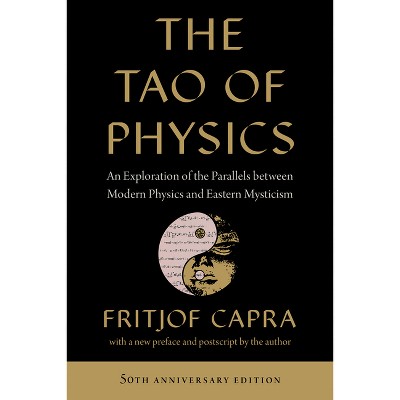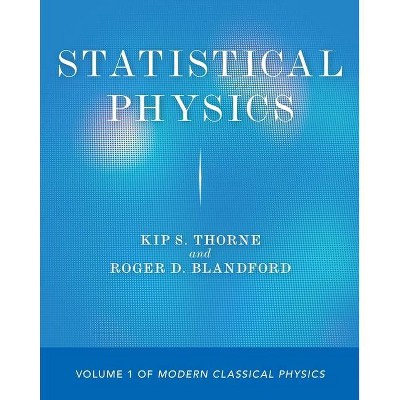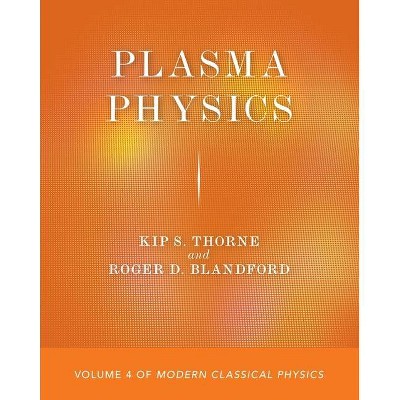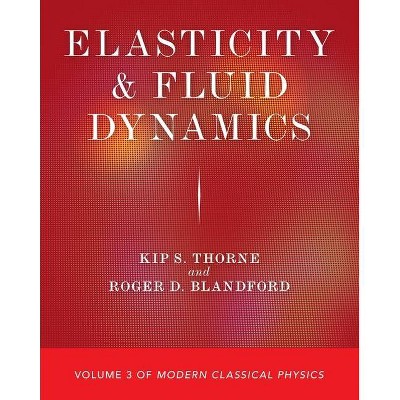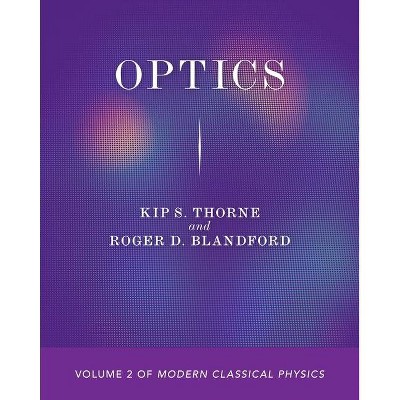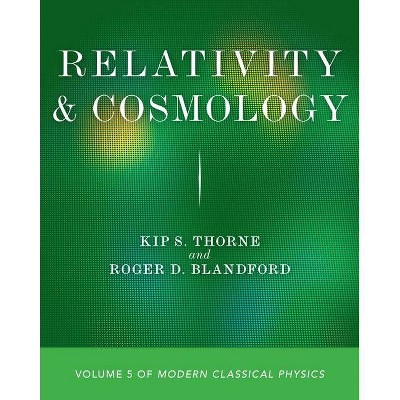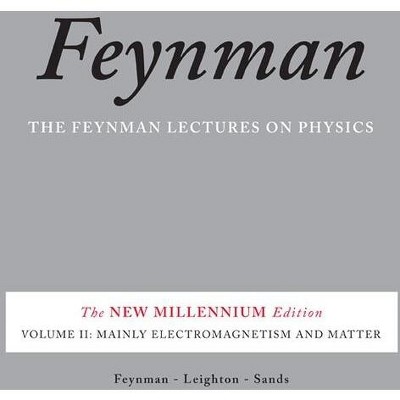Sponsored

Modern Classical Physics - by Kip S Thorne & Roger D Blandford (Hardcover)
Out of Stock
Sponsored
About this item
Highlights
- A groundbreaking text and reference book on twenty-first-century classical physics and its applications This first-year graduate-level text and reference book covers the fundamental concepts and twenty-first-century applications of six major areas of classical physics that every masters- or PhD-level physicist should be exposed to, but often isn't: statistical physics, optics (waves of all sorts), elastodynamics, fluid mechanics, plasma physics, and special and general relativity and cosmology.
- About the Author: Kip S. Thorne, winner of the Nobel Prize in physics, is the Feynman Professor Emeritus of Theoretical Physics at Caltech.
- 1552 Pages
- Science, Physics
Description
Book Synopsis
A groundbreaking text and reference book on twenty-first-century classical physics and its applications
This first-year graduate-level text and reference book covers the fundamental concepts and twenty-first-century applications of six major areas of classical physics that every masters- or PhD-level physicist should be exposed to, but often isn't: statistical physics, optics (waves of all sorts), elastodynamics, fluid mechanics, plasma physics, and special and general relativity and cosmology. Growing out of a full-year course that the eminent researchers Kip Thorne and Roger Blandford taught at Caltech for almost three decades, this book is designed to broaden the training of physicists. Its six main topical sections are also designed so they can be used in separate courses, and the book provides an invaluable reference for researchers.- Presents all the major fields of classical physics except three prerequisites: classical mechanics, electromagnetism, and elementary thermodynamics
- Elucidates the interconnections between diverse fields and explains their shared concepts and tools
- Focuses on fundamental concepts and modern, real-world applications
- Takes applications from fundamental, experimental, and applied physics; astrophysics and cosmology; geophysics, oceanography, and meteorology; biophysics and chemical physics; engineering and optical science and technology; and information science and technology
- Emphasizes the quantum roots of classical physics and how to use quantum techniques to elucidate classical concepts or simplify classical calculations
- Features hundreds of color figures, some five hundred exercises, extensive cross-references, and a detailed index
- An online illustration package is available
From the Back Cover
"Remarkable for its scope and authority, this text offers a new vision of the 'theoretical minimum' of classical physics that all physicists should know, a vision that I hope will revitalize the curricula of many physics departments. On my own shelf it will replace half a dozen dog-eared reference texts."--Scott Tremaine, Institute for Advanced Study
"In an era of fragmentation and specialization, Thorne and Blandford have given us an audacious and splendid grand unification of classical physics, using geometry and space-time as synthesizing principles. Complicated fields as diverse as optics, elasticity, and plasma physics fall to their masterful pedagogy."--William H. Press, University of Texas at Austin
"Comprehensive, concise, and coherent, this is a marvelous summary of the essence of classical physics, somewhat reminiscent of the classic texts of Landau and Lifshitz, and an essential part of any physicist's toolkit. Classical physics is not 'old' physics; it contains many of the most interesting challenges to our understanding of nature and it stands (as in this book) in consistent juxtaposition with quantum physics. This book includes many interesting and often difficult problems, and it will particularly benefit students in the astrophysical and related sciences."--David Stevenson, Caltech
"This is an excellent resource for students and researchers seeking introductions to important subjects neglected by most modern physics curricula."--Jeremy Goodman, Princeton University
"This text is a tour de force. I cannot overemphasize how big a contribution to teaching it will be. It is also likely to instantly become a desk reference for a large part of the research physics community."--Steinn Sigurdsson, Pennsylvania State University
Review Quotes
"A tour through macroscopic physics that features modern treatments of classical topics and insightful treatments of modern ones. . . . Modern Classical Physics is a magnificent achievement."---Edward Witten, Physics Today
"An excellent tool for students and researchers as an introduction to classical subjects usually missing from most modern physics curricula. . . . A valuable reference for physicists about modern approaches of the development and applications of classical physics."---Miguel A. F. Sanjuán, Contemporary Physics
"It is a matter for celebration when two illustrious theoreticians such as Kip Thorne and Roger Blandford provide an in-depth description of the fundamentals of classical physics. . . . The sheer amount of material covered and the effort that has gone into condensing it into a single, beautifully produced volume is extraordinarily impressive."---Malcolm Longair, Nature
"Kip S. Thorne, Co-Winner of the 2017 Nobel Prize in Physics"
"Roger D. Blandford, Co-Winner of the 2016 Crafoord Prize in Astronomy and Winner of the 2020 Shaw Prize in Astronomy"
"Winner of the 2018 PROSE Award in Textbook / Physical Sciences and Mathematics, Association of American Publishers"
About the Author
Kip S. Thorne, winner of the Nobel Prize in physics, is the Feynman Professor Emeritus of Theoretical Physics at Caltech. His books include Gravitation (Princeton) and Black Holes and Time Warps: Einstein's Outrageous Legacy. Roger D. Blandford, winner of the Crafoord and Shaw prizes in astronomy, is the Luke Blossom Professor in the School of Humanities and Sciences and founding director of the Kavli Institute for Particle Astrophysics and Cosmology at Stanford University.Shipping details
Return details
Frequently bought together

